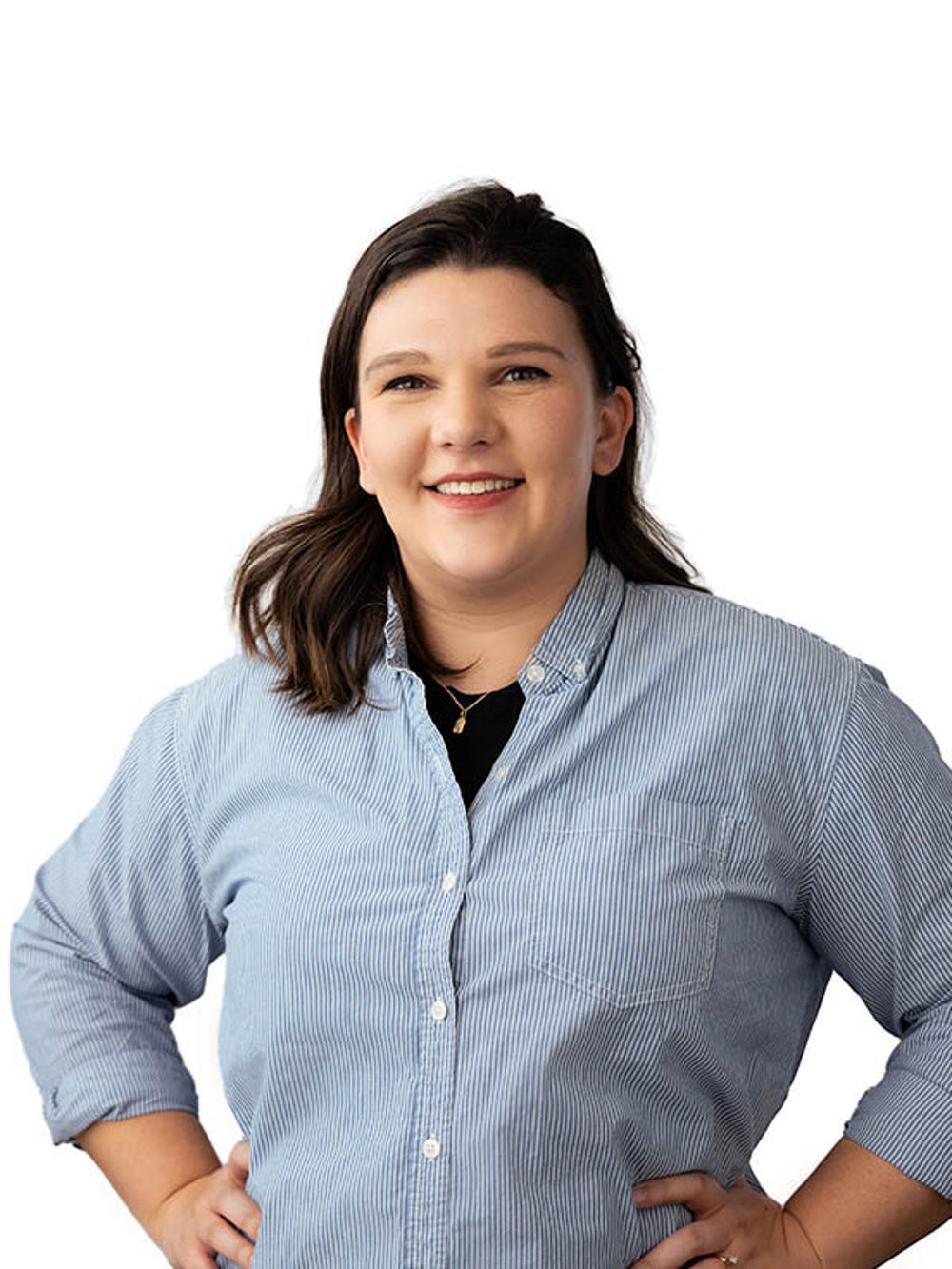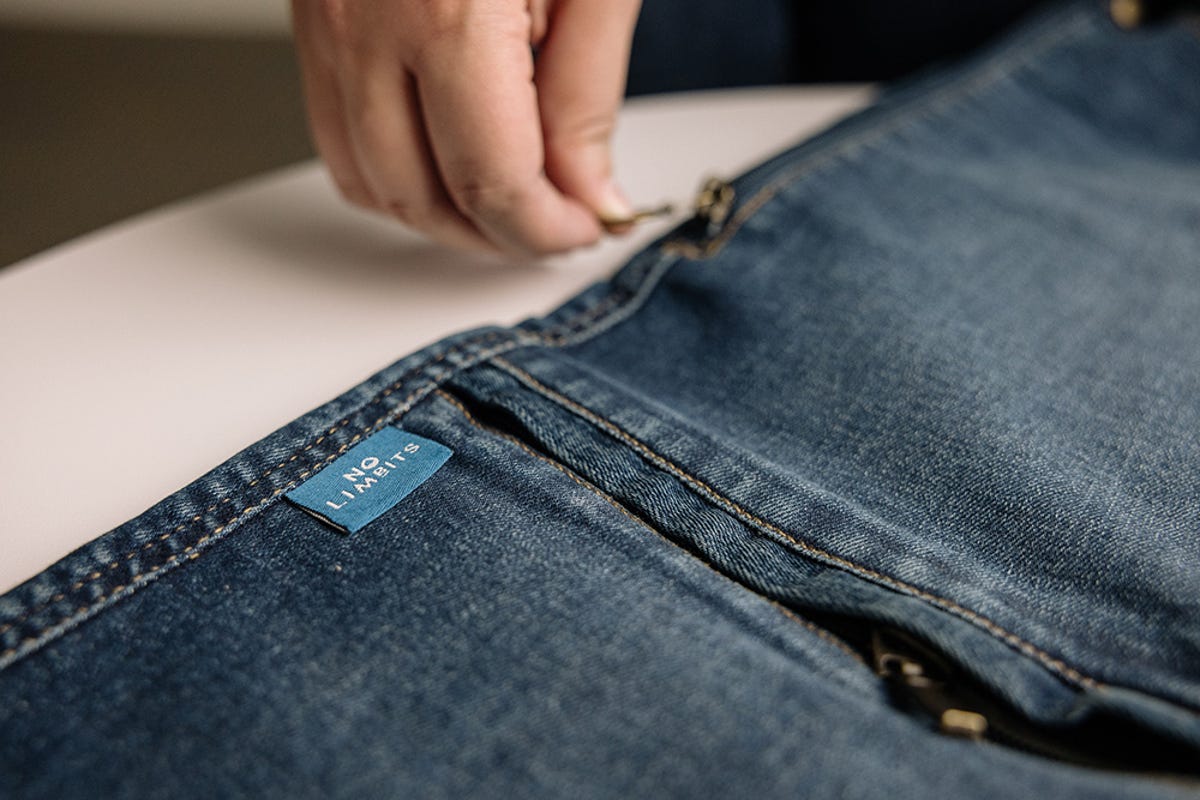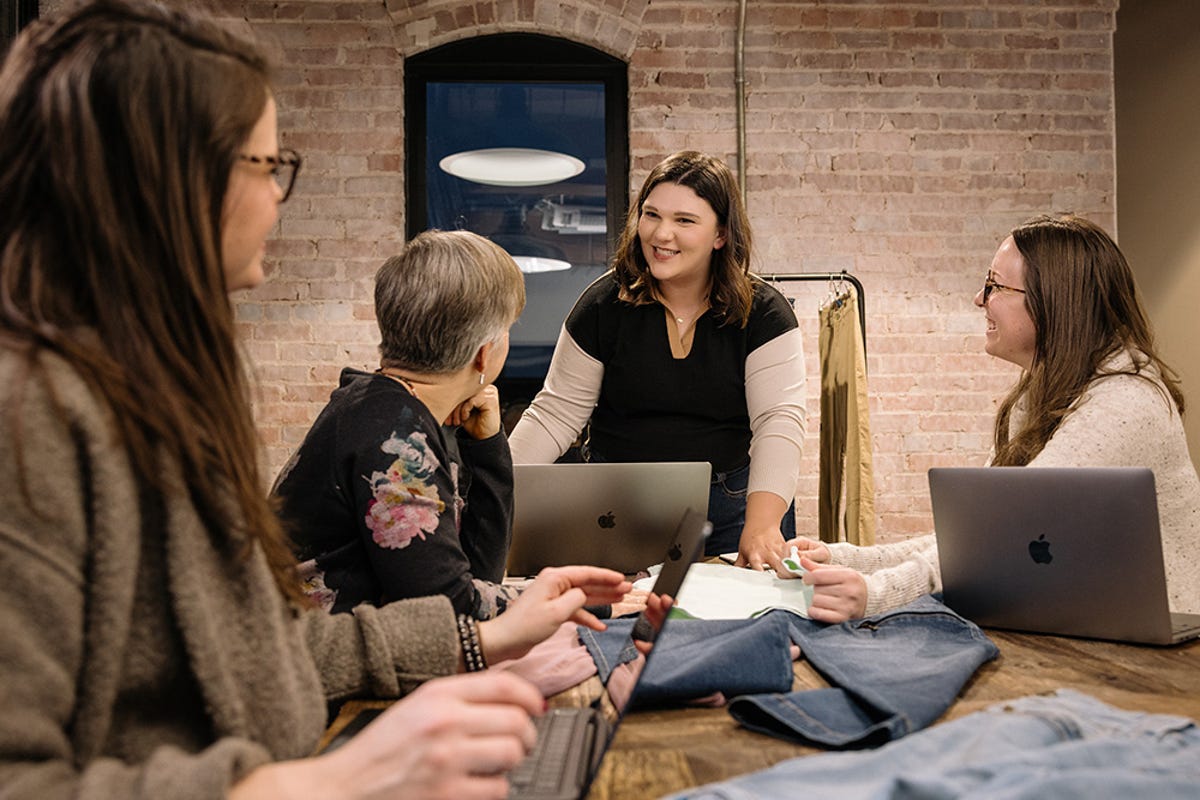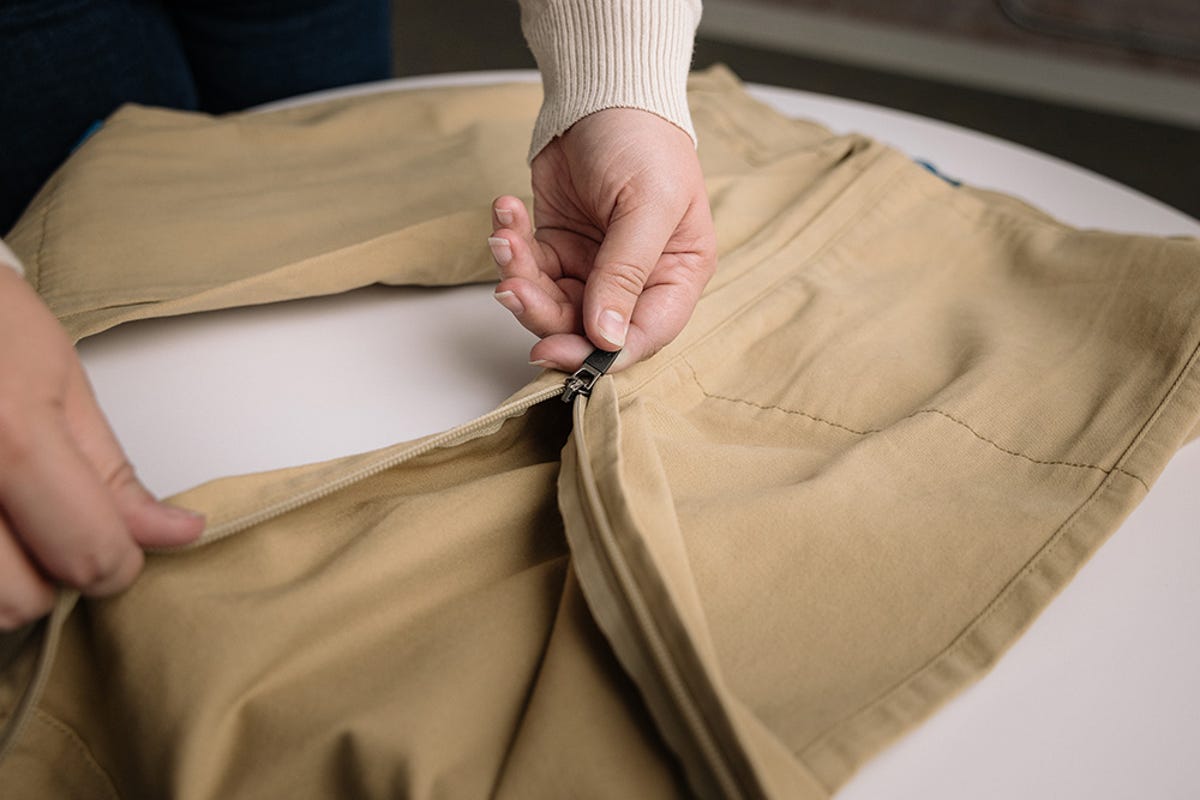Fellow Portrait
Erica Cole
No Limbits

No Limbits creates affordable, adaptive clothes for people with disabilities.
Diversity, Equity & Inclusion Award
United States
Fellow
2024
Updated March 2024
The disabled community is forced to settle for unstylish clothing
Simply getting dressed can be a struggle for the more than 15 percent of the US population with disabilities. Members of the disabled community often resort to DIY clothing hacks such as installing zippers so apparel fits over a prosthesis. And, while the market for accessible clothing is projected at US$400 billion globally by 2026, adaptive fashion design has until now come from a medical perspective that focuses on the caretaker rather than the user.
No Limbits founder Erica Cole confronted this when she lost her leg in an accident. “My issue with adaptive clothing was that nothing would fit over my prosthetic. I had to wear sweatpants that were three sizes too big, or cut-off jeans.” This was difficult for a 23-year-old whose peers wore stylish clothes.
Entrepreneurship wasn’t something I thought was available to me. Now I can’t imagine myself doing anything else. I love what I do.

No Limbits designs serve those with physical limitations
Erica began modifying her clothes, installing zippers in the inseam to allow more room around the prosthetic and reinforcing areas that would otherwise wear through from contact with the carbon fiber surface of the prosthetic.
Other people in the disability community were interested. She started an alterations business catering to others who struggled with disabilities. “It gave me a reason to interact with my community, which was healing. But I thought it would be something I’d do as a side gig. Then more and more people asked me to do alterations and I started to do research. Nobody was serving this audience in a meaningful way. I thought, ‘If no one else is going to do it, maybe I should.’”
No Limbits evolved from her informal business. The company takes a “fashion-first” approach that focuses on increasing the independence of people with disabilities. “Adaptive fashion is still fashion,” Erica says.
The company offers several ready-to-wear clothing lines tailored for comfort, ease of dressing, and convenience. Each serves a different segment of the disabled community, including wheelchair-users, people with limited dexterity, and people with sensory processing disorders. No Limbits clothing works not only for amputees but for those with other physical limitations and challenges such as lymphedema.
Each article of clothing that you buy and wear has a reason, whether you think about it or not. For people with disabilities, the reason is often, ‘I could get it on or I could tolerate it while sitting in a wheelchair.’ That's not the reason we want to dress. We want more self expression.

Adaptive apparel deserves to be on par with other major fashion categories
No Limbits has helped more than 3,000 people dress more independently and plans to expand beyond the North American market to bring comfort and greater independence to millions worldwide who have, until now, been constrained by the limitations of off-the-shelf fashion.
“My favorite part is getting messages from people who talk about how their lives have changed through this clothing,” Erica says.
She wants to do more than solve problems for individual consumers. From an industry perspective, the company aims to show that adaptive apparel deserves to be its own fashion category like maternal or plus size. “We’re trying to prove that it deserves to stand in the fashion space. We’re starting to hear whisperings of it now. We’re having conversations with retailers asking us to help them figure this out. I have an inkling that once a large brand tackles this, everyone else will too.”
I see myself as both an entrepreneur and disability advocate. I would be grateful if my company could set an example that it’s so worth it to do it right. There’s a real business opportunity, too. That’s how we can make fashion more accessible.





